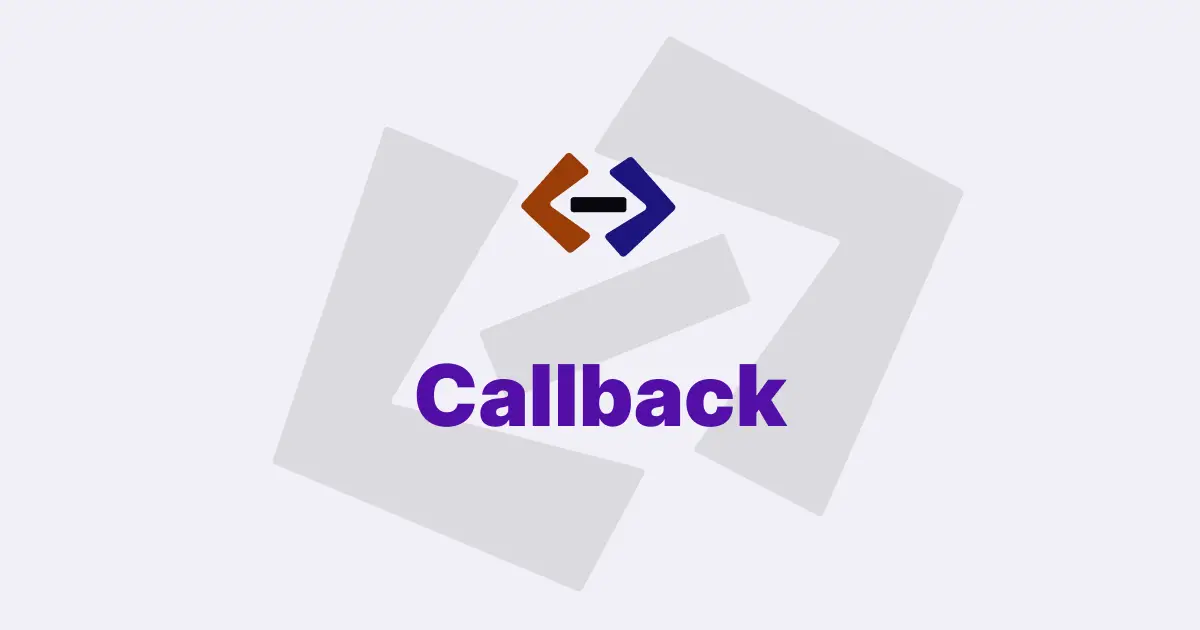Arrow functions, also known as fat arrow functions, are a relatively new addition to JavaScript. They provide a concise and elegant syntax for writing functions and have become increasingly popular since their introduction in ES6 (ECMAScript 2015).
Basic Syntax:
The basic syntax of an arrow function is as follows:
const functionName = (arg1, arg2) => {
// function body
};Here, functionName is the name of the function, arg1 and arg2 are the function arguments, and the => symbol separates the arguments from the function body.
For example, consider a simple function that takes two numbers as arguments and returns their sum:
const sum = (num1, num2) => {
return num1 + num2;
};
console.log(sum(2, 3)); // Output: 5Implicit Return:
One of the key features of arrow functions is their implicit return. If the function body consists of a single expression, it can be written without curly braces and the return keyword.
The expression’s result will be automatically returned.
const double = (num) => num * 2;
console.log(double(5)); // Output: 10This is a very concise way of writing functions and can make code more readable.
No this binding:
Another advantage of arrow functions is that they do not bind their own this value. In traditional JavaScript functions, this is bound to the function’s caller. However, arrow functions inherit this from their parent scope.
const person = {
name: "John",
age: 30,
sayHello: function () {
console.log(`Hello, my name is ${this.name}`);
},
sayHelloArrow: () => {
console.log(`Hello, my name is ${this.name}`);
},
};
person.sayHello(); // Output: "Hello, my name is John"
person.sayHelloArrow(); // Output: "Hello, my name is undefined"In the above example, sayHello is a traditional function and sayHelloArrow is an arrow function. When we call sayHello, this is bound to the person object. However, when we call sayHelloArrow, this is not bound to the person object, but to the parent scope (which is the global window object in this case), resulting in undefined being logged to the console.
Function Composition
Arrow functions can be used for function composition. Function composition is the process of combining two or more functions to produce a new function. Arrow functions make this process concise and easy to read.
const add = (x, y) => x + y;
const multiply = (x, y) => x * y;
const addAndMultiply = (x, y, z) => multiply(add(x, y), z);
console.log(addAndMultiply(1, 2, 3)); // Output: 9In the above example, addAndMultiply is composed of two arrow functions, add and multiply.
Array Manipulation
Arrow functions are commonly used for array manipulation, especially when working with map, filter, and reduce methods. These methods take a function as an argument and apply it to each element of an array.
const numbers = [1, 2, 3, 4, 5];
// multiply each number by 2
const doubledNumbers = numbers.map((number) => number * 2);
console.log(doubledNumbers); // Output: [2, 4, 6, 8, 10]
const evenNumbers = numbers.filter((number) => number % 2 === 0);
console.log(evenNumbers); // Output: [2, 4]
const sum = numbers.reduce((accumulator, number) => accumulator + number, 0);
console.log(sum); // Output: 15In the above example, map is used to double each element in the numbers array. filter is used to keep only even numbers in the array, and reduce is used to find the sum of all the numbers.
Default Parameters
Arrow functions support default parameters, which allow you to specify default values for function arguments.
const greet = (name = "World") => {
console.log(`Hello, ${name}!`);
};
greet(); // Output: "Hello, World!"
greet("John"); // Output: "Hello, John!"In the above example, the name parameter has a default value of "World". If no argument is passed to the function, it will use the default value.
Rest Parameters
Arrow functions also support rest parameters, which allow you to pass an arbitrary number of arguments to a function as an array.
const sumAll = (...numbers) => {
return numbers.reduce((accumulator, number) => accumulator + number);
};
console.log(sumAll(1, 2, 3, 4, 5)); // Output: 15In the above example, the sumAll function accepts an arbitrary number of arguments using the rest parameter syntax (...numbers). It then uses the reduce method to find the sum of all the numbers.
Lexical Scope
Arrow functions have lexical scope, which means they inherit the scope of their parent function or global scope. This makes them ideal for use in higher-order functions and closures.
const outerFunction = () => {
const message = "Hello from outer function!";
const innerFunction = () => {
console.log(message);
};
return innerFunction;
};
const myFunction = outerFunction();
myFunction(); // Output: "Hello from outer function!"In the above example, innerFunction is an arrow function that is defined inside outerFunction. It has access to the message variable because of lexical scoping. The outerFunction returns the innerFunction, and myFunction is assigned the returned function. When myFunction is called, it logs the message variable to the console.
Thank you for reading, and let’s have conversation with each other
Thank you for reading my article. Let’s have conversation on Twitter and LinkedIn by connecting.
